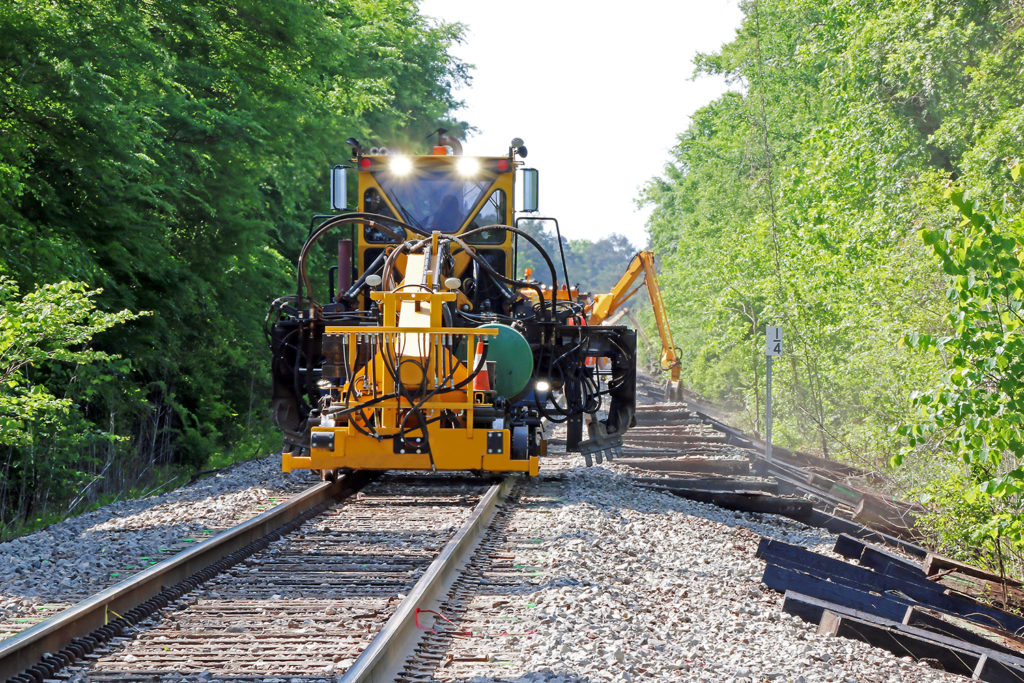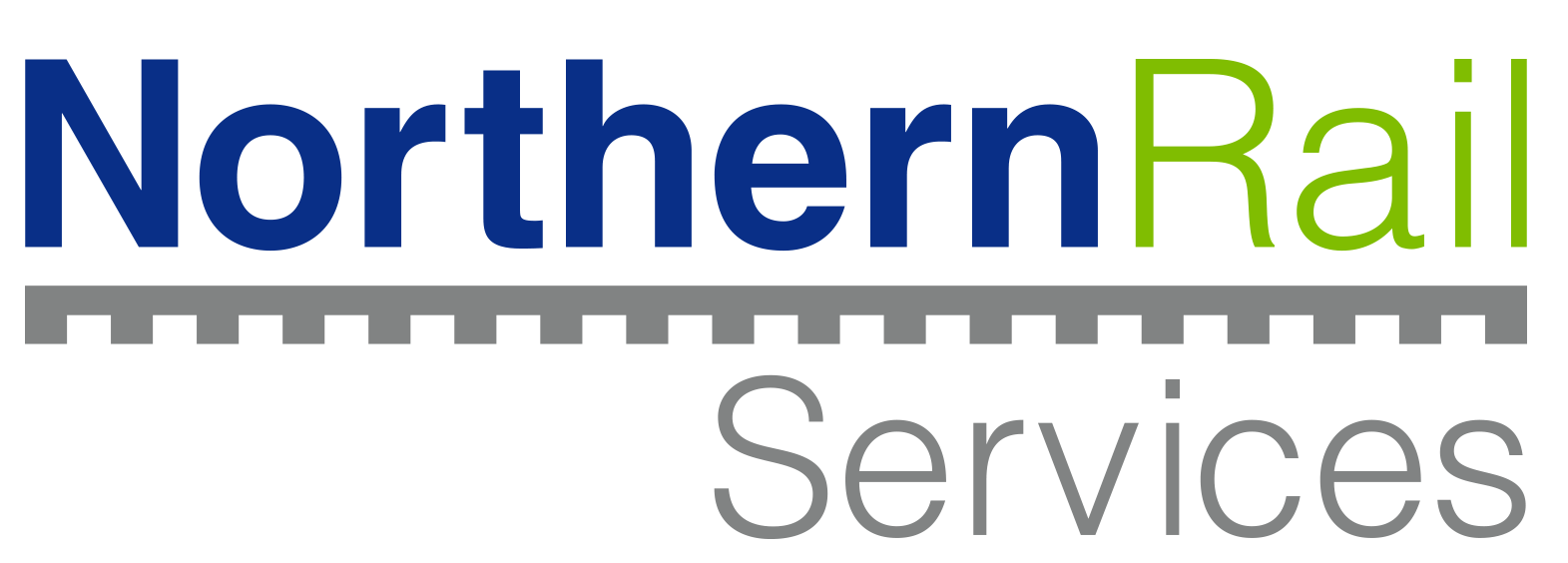What goes into train track rehabilitation in New England? Train tracks are designed to take a beating. When we build a track, we incorporate important elements into that track to ensure it can withstand the rigors of its environment; proper drainage, level grading, malleable cross tires, and joint welds that can overcome the regular shifting a track endures through the seasons.
Yet, just like how your car is a rugged piece of machinery that still needs regular maintenance to maintain its ruggedness, so too does the train track. It’s built tough, but it can lose that toughness if we ignore it. After all, the average train crossing that track can be anywhere from 3,000 to 18,000 tons. Even more pervasive than that is mother nature, who can do a number on an unmaintained track. With that said, maintenance and train track rehabilitation are integral to maintaining our rail system, so we thought we’d explore how we do it.
Update Outdated Track
Much of our railroad is old. Yet, if it works, it works, right? The truth is, just because an expanse of rail isn’t breaking down doesn’t mean there isn’t any room for improvement. A modernized track can withstand heavier trains while letting them travel faster; it’s a win-win situation when you invest in updating your railroad track.
Today, we employ mobile machinery that can accomplish every task that was once done by hand. This allows us to build and maintain modern tracks at unprecedented speeds and a new level of precision.
Mend & Repair Broken Track Using Exothermic Welding
What is exothermic welding? To put it simply, we use a thermite solution to produce our welds, which requires no external heat source or electric current. As the thermite burns, it produces molten metal, which joins with the track producing a permanent bond.
Exothermic welds have a higher mechanical strength and are naturally resistant to corrosion; these features are perfect for track repairs.

Tighten or Replace Rail Bolts & Track Joints
As trains pass over track, they produce unprecedented amounts of vibration. Even the tightest rail bolt will, at some point, loosen from those vibrations. In extreme cases, the bolt could even sheer off. Tightening these bolts or replacing them is important to the longevity of that expanse of track. While a single failing bolt doesn’t mean much, it’s indicative of the overall need for maintenance in that area.
Track joints, like any joint, are the weakest point on an expanse of a track. Anytime you join two of anything together, you compromise the strength of those two pieces at the area in which you join them. Track joints can be welded together or joined together using what we call a “fish plate.” Either method is strong but requires maintenance and observation to ensure they don’t fail from wear and tear.
We Are Available 24/7 for Your New England Railway Emergence
New England weather is tough on railroad tracks. While we live here precisely to enjoy the changing seasons, that fluctuation in temperature and humidity will cause the metal in our railroads to expand and contract, which will inevitably lead to a breakdown at some point along the line.
We understand that railroads don’t sleep. That means a track emergency can occur at any time, which is why we offer 24/6 emergency railroad services in New England. Let us turn your emergency into an opportunity to make your railroad better than ever.
Are you in need of railroad repairs? Maybe you want to start a maintenance schedule to give you peace of mind. Reach out to us today to get started.

